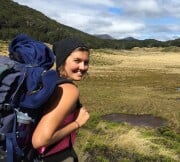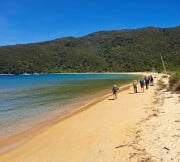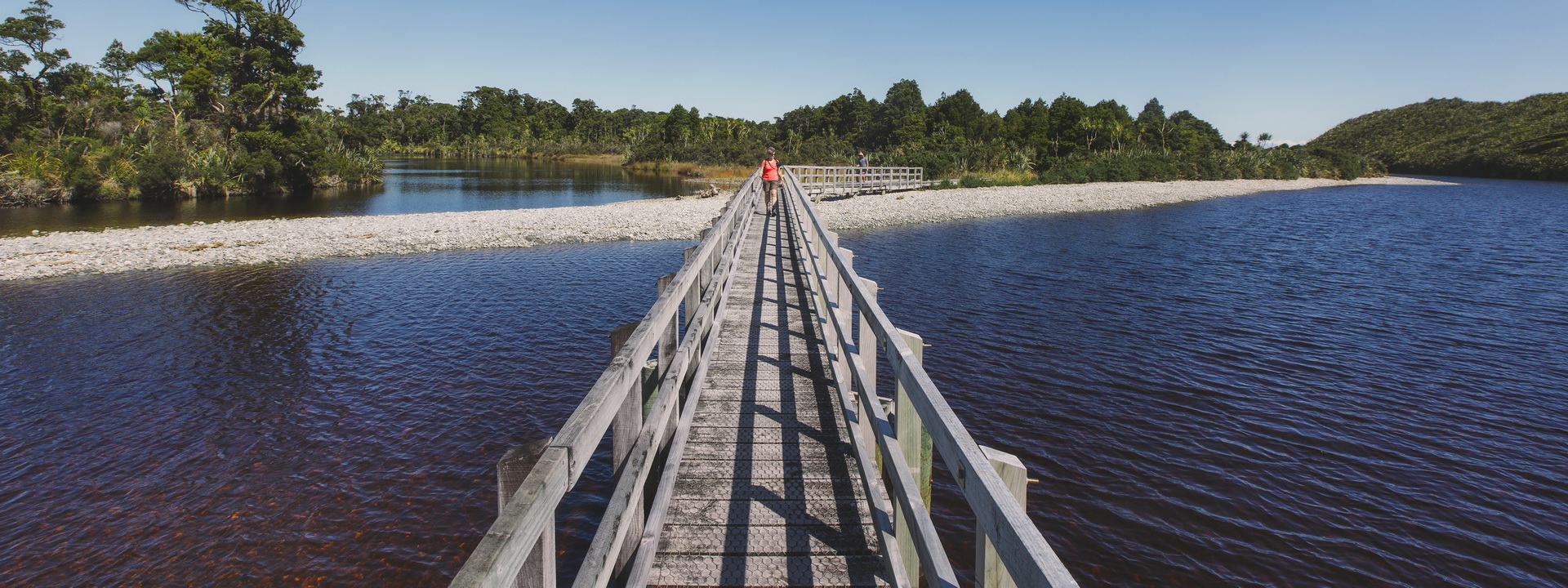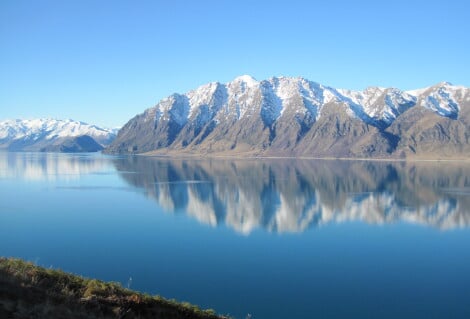 13 Days
13 Days
Winter South Island Adventure
$10,999.00
NZD
Christchurch / Christchurch
Backcountry Huts, Lodges
The Winter South Island Adventure is well adapted to suit the cooler conditions. Enjoy two incredible multi-day guided backpacking trips to alpine hot pools, glaciers and remote snowfields.
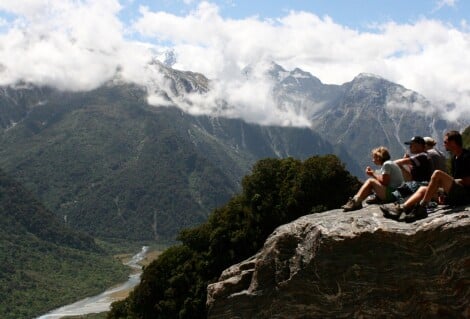 11 Days
11 Days
West Coast Custom Tour
Nelson / Queenstown
Backcountry Huts, Cabins, Camping
A unique opportunity to be totally immersed in pristine wilderness.
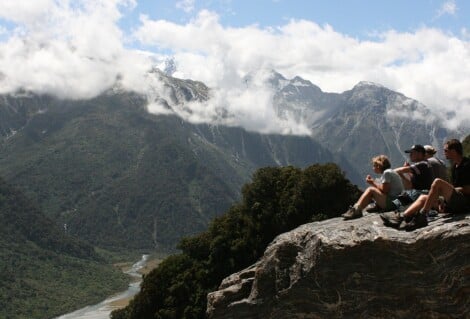 7 Days
7 Days
World Heritage Custom Tour
Greymouth / Queenstown
Backcountry Huts, Cabins, Camping
Journey through the wilds of southern Westland and be reminded of the rigours early pioneers must have faced.

